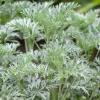
World Wildlife Day: UN Promotes The Sustainable Use Of Endangered Species
03 Mar 2022
Wednesday (3 March) is World Wildlife Day. In an opinion piece for Daily Maverick, Deborah Vorhies and Francis Vorhies (African Wildlife Economy Institute) focus on why the United Nations promotes the sustainable use of endangered species.
Read the article below or click here for the piece as published on the Daily Maverick and here for the piece published on Stellenbosch University.
Deborah Vorhies and Francis Vorhies*
The theme of this year's World Wildlife Day on the 3rd of March is “Recovering key species for ecosystem restoration." Emphasising the importance of this particular theme, the United Nations (UN) states on its official World Wildlife Day website that:
People everywhere rely on wildlife and biodiversity-based resources to meet all our needs, from food to fuel, medicines, housing, and clothing. Millions of people also rely on nature as the source of their livelihoods and economic opportunities.
In 2022, World Wildlife Day will therefore drive the debate towards the imperative need to reverse the fate of the most critically endangered species, to support the restoration of their habitats and ecosystems and to promote their sustainable use by humanity.
Increasing the populations of endangered species, restoring their habitats, and at the same time promoting the sustainable use of these species seem quite ambitious. This raises the following important questions: Is this all possible? Doesn't the promotion of the use of a species threaten its conservation? And, would it not be more effective to ban the use of endangered species rather than promoting their use even with an aim to make this use sustainable?
So why is the UN promoting use to conserve species? The quote above clearly states one reason – millions of people rely on nature. As stated, nature, including wild fauna and flora, provides for our basic needs – food, clothing, shelter, fuel, and medicines. The reality is that we use wildlife and the imperative is to ensure this use is sustainable, i.e. that the use is not detrimental to the survival of the species.
A second reason is embedded in the UN call to support the restoration of wildlife habitats. Landscape restoration for wildlife involves converting current land use – e.g. for crop farming or livestock – to natural habitat where wildlife populations can thrive. For this conversion to be sustainable, it must support local livelihoods and generate inclusive economic opportunities for the landowner and users – whether those users are communities, public sector authorities, companies, or individuals.
Aligning landscape restoration with the sustainable use of wild resources provides an economic incentive for the land users and owners to restore habitats that enable wild fauna and flora to thrive. By enabling the landscape to meet the needs of people with its wild resources, we enhance the conservation status of wildlife and their habitats. This is what is called the wildlife economy.
The wildlife economy has the potential to transform, enhance, and maintain landscapes in Africa and elsewhere that deliver biodiversity conservation, climate resilience, inclusive economic opportunities, and community well-being. This is why the UN is promoting the sustainable use of endangered species – using wild species aligns conservation with development at the landscape level.
The growth of private and community wildlife ranching in countries like Namibia, South Africa, and Zambia demonstrates the potential for restoring habitats and recovering key species through the promotion of sustainable use. Cases of private ownership and use of endangered species leading to their recovering include the Cape mountain zebra, the bontebok, and the blesbok. The South African government highlights the following successes:
Apart from South Africa's successful protection efforts to safeguard a variety of species, the 1980s was characterized by a marked increase in the economic utilization of various species. A positive consequence of such use of wildlife is that species involved invariably become strongly established over the years.
Examples are the sale and re-establishment of elephant, rhino and crocodile, the stringently controlled trophy hunting industry and the propagation of cycads. In addition there is the almost century-old ostrich industry in South Africa.
Since the 1980s, there has been a massive expansion of the wildlife ranching sector in the country, helping to restore tens of thousands of hectares of arid and semi-arid landscape and enabling a large expansion in wildlife populations including endangered species. The economy of this sector is diversified offering a variety of wildlife-based products including wildlife viewing, hunting, fishing, wild meat and hides, and medicinal plants. This experience demonstrates how a wildlife economy based on sustainable use can conserve wildlife and habitats.
There is, however, considerable work needed to develop an inclusive and sustainable wildlife economy not only in southern Africa, but across the continent. Policies and regulatory frameworks are needed to enable landowners to restore landscapes and utilise wild resources that also ensure inclusive livelihood opportunities and responsible wildlife management.
At the African Wildlife Economy Institute (AWEI) at Stellenbosch University, we are supporting efforts to enhance the enabling environment for the wildlife economy across the continent. In so doing, we are contributing to the UN's commitment to promoting sustainable use as clearly stated in its Sustainable Development Goal 15:
Protect, restore and promote sustainable use of terrestrial ecosystems, sustainably manage forests, combat desertification, halt and reverse land degradation and halt biodiversity loss.
This year's World Wildlife Day is a day to celebrate the contribution that wildlife use makes to ensuring the development is sustainable.
*Ms Deborah Vorhies is the Chief Operating Officer of the African Wildlife Economy Institute at Stellenbosch University. Dr Francis Vorhies is the Institute's Director.
Authors
No authors to show
We support the free flow of information. Please share:
More content
-
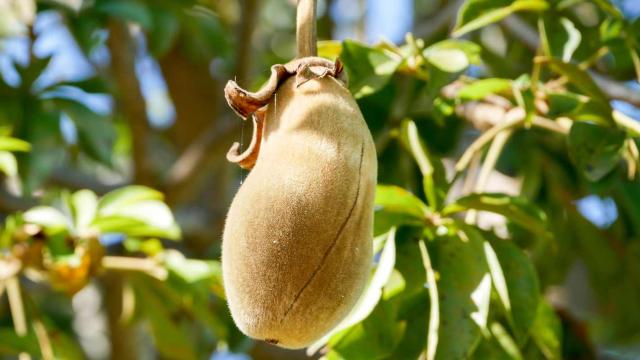
-
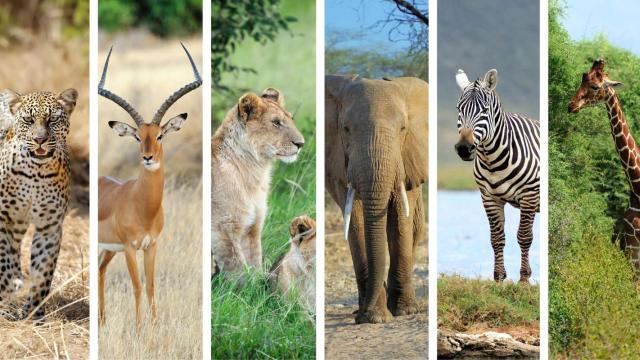
Ensuring the use of wild species benefits people
Dr Francis Vorhies…arrow_forward -

-
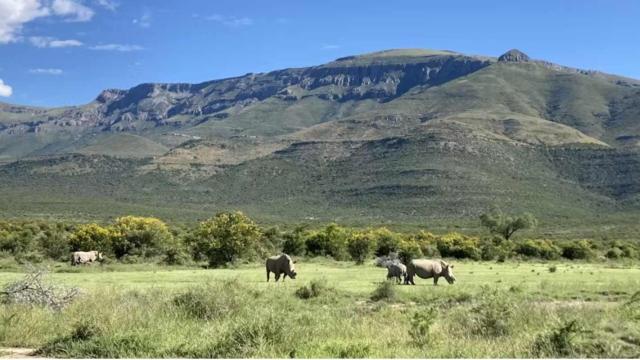
South Africa’s conservation model: why expanding the use of biodiversity to generate money is a good idea
Dr Hayley Clements…arrow_forward -
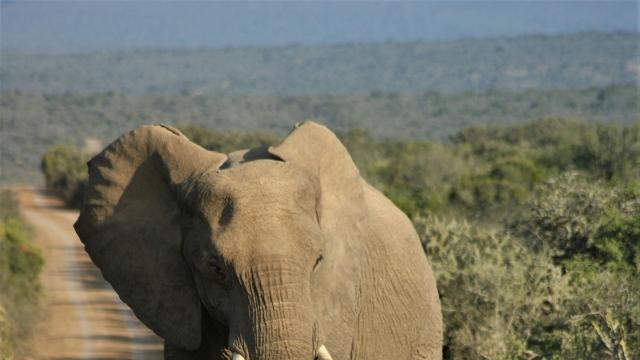
Natural capital as a potential tool for resolving human-wildlife conflict
Dr Michael Musgravearrow_forward -
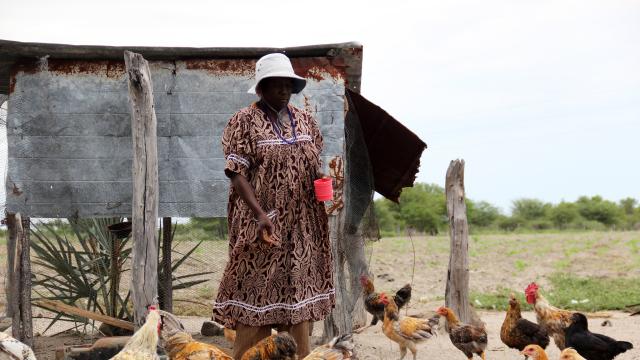
You are what your chicken eats
Dr Wiseman Ndlovuarrow_forward -
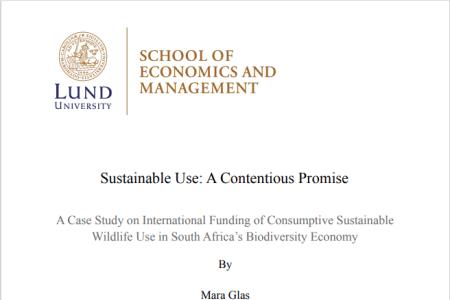
-
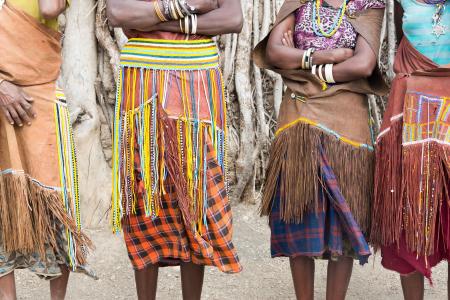
-
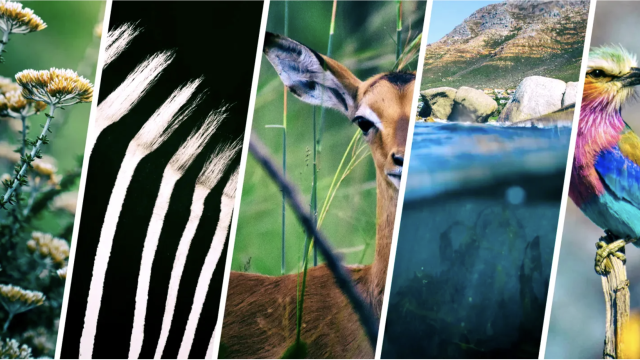
Wildlife economies have power to extend Africa’s biodiversity conservation and help curb climate change
Dr Hayley Clements…arrow_forward
Get updates by email
In a complex and changing world, AWEI generates strategic ideas, conducts independent analysis on wildlife economies, and collaborates with global scholar-practitioners to provide training and expertise for biodiversity conservation, climate resilience, and inclusive economic opportunities in Africa.
Sign up for a quarterly dose of AWEI insights
In a complex and changing world, AWEI generates strategic ideas, conducts independent analysis on wildlife economies, and collaborates with global scholar-practitioners to provide training and expertise for biodiversity conservation, climate resilience, and inclusive economic opportunities in Africa.


